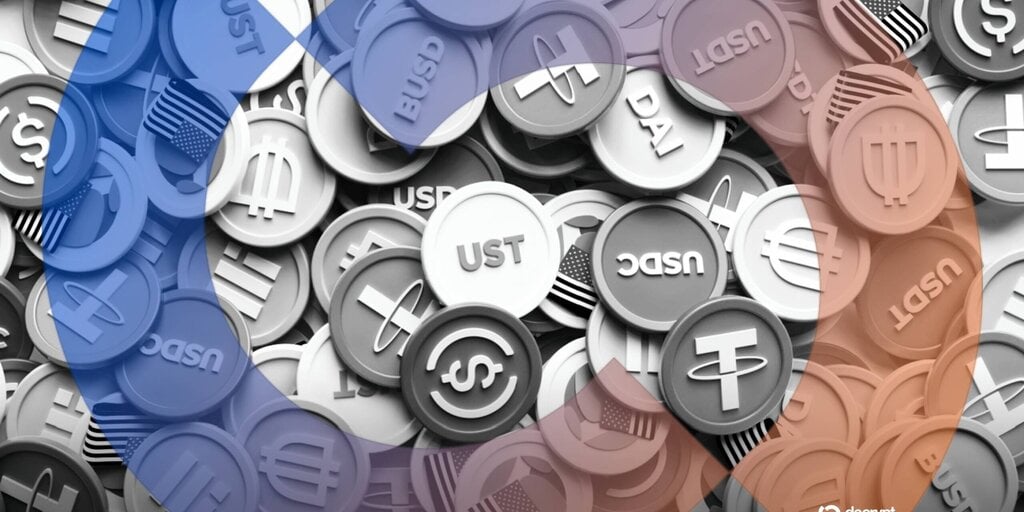Citigroup Explores Launching Stablecoin for Cross-Border Payments
Key Developments
- Citigroup CEO Jane Fraser indicated that the bank is considering issuing its own stablecoin, a digital dollar representative token.
- The exploration forms part of Citigroup’s interest in developing blockchain-based cross-border payment solutions.
- According to reports, Citigroup previously engaged in discussions on joint stablecoin issuance with major Wall Street peers, including JPMorgan Chase, Bank of America, and Wells Fargo.
The potential launch by Citigroup underscores a significant shift in the financial services landscape, marking an expansion by traditional institutions into the realm of cryptocurrency.
CEO Comments
Citigroup Chief Executive Officer Jane Fraser stated during the company’s earnings call that they are “looking at the issuance of a Citi stablecoin,” exploring “reserve management for stablecoins, the on- and off-ramps from cash and coin backwards and forwards.”
This follows renewed interest in stablecoins across the banking sector, which had previously dominated as a niche area defined by crypto-native entities.
Previous Discussions and Competition
Citigroup previously indicated interest in the stablecoin market, with The Wall Street Journal reporting in May that talks occurred among Citigroup, along with JPMorgan Chase, Bank of America, and Wells Fargo regarding a joint, dollar-pegged stablecoin project.
The prospect places Citigroup in competition with existing stablecoin leaders. According to CoinMarketCap, Tether processes approximately $127.26 billion in daily transactions, making it the world’s largest stablecoin issuer, while Circle (operator of USDT’s nearest competitor) processes nearly $16 billion daily.
Market Potential and Existing Efforts
Financial institutions are increasingly examining stablecoin opportunities to develop faster, lower-cost payment solutions.
- Citibank’s own data suggests its core cross-border payment infrastructure processes large volume daily amounts.
- Citigroup is already operating a tokenized deposit platform (Citi Token Services) for cross-border payments and automated trade finance in multiple markets.
- On Wednesday, Bank of America CEO Brian Moynihan indicated the company is actively working on a stablecoin, adding to statements from Morgan Stanley and JPMorgan.
Drivers and Regulatory Context
Fueling Citigroup’s stablecoin explorations is the drive to meet client demands for efficient cross-border transactions, challenging current platforms and addressing the high transaction costs often associated with stablecoin transfers.
Fran Fraser highlighted that her bank aims to provide “multi-asset, always-on, cross-border payments for financing and liquidity,” which has been difficult to offer effectively within the current infrastructure. She welcomed administration support for banks to participate in the digital asset space.
A notable aspect is Citi’s intent to directly challenge other stablecoin issuers, particularly under the anticipated US regulatory framework for digital assets, expected later this year.
Industry Outlook
The market for stablecoins is projected to grow significantly. Standard Chartered Bank research suggests the market could reach three times its current size by the end of 2026.
The average transaction cost for stablecoin transfers remains significant—evidencing Citigroup’s rationale for developing its own solution. According to a recent Coinbase report, costs typically range between 0.5% and 3%, with Citigroup CEO suggesting they can sometimes reach 7%, described as “prohibitive.”











